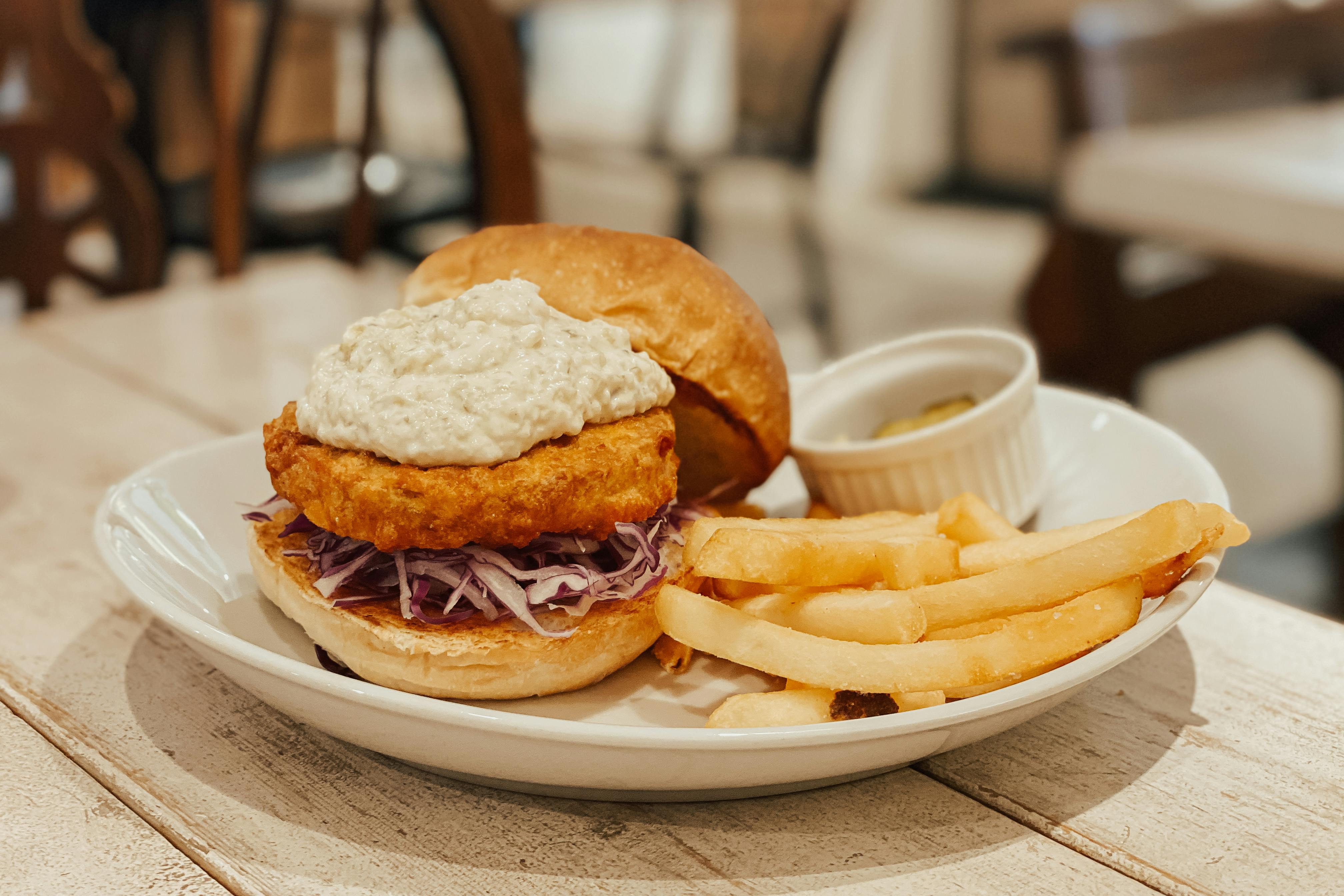Sustainability was defined by the World Commission on Environment and Development in 1987 as “development that meets the needs of the present without compromising the ability of future generations to meet their own needs.” Simply put, sustainability means using everything around us in a way that doesn’t run out. As humans, we need many things to survive, especially with the rate of technological growth. In the search for survival and to feel more comfortable, we consume, destroy and alter. This work aims to tell a little story that can describe sustainability in the best possible way.
Assuming that the land is a house occupied by a family of six consisting of a husband, a wife and four children. The mother belongs to the working class and leaves the house at 8 am to return at 5 pm every day. The four children are in different schools and return at different times. The younger children close school at 1 pm, while the older children don’t return until 3 pm The house mother gets up early to get the children ready for school and also arranges for their lunch when they return. She prepares meals, organizes snacks, and stores fruit and candy for them in the kitchen; all children are shown where the various items are placed. Provision is made for all four children and additional items are kept in case any of them are not satisfied.
It is 1:00 p.m. and the first two children have returned from school. They rush to the kitchen for lunch, after consuming their portion of food prepared by their mother before leaving, they are full but out of greed, they pounce on the other lunchboxes. At this point, they can’t eat any more, but decide to waste the food and throw it away. After wasting the food, they take different snacks and start to play with the snacks, the fruits are squeezed, crushed on the floor and thrown in the trash. Eventually everything becomes messy and all the food and snacks carefully arranged by her mother before she left are scattered, destroyed and crushed, making them unfit for human consumption.
The other children return from school at 3 pm and after a long day, they are tired and hungry. They anxiously run home thinking about the tasty food that her mother prepared and served in her lunch boxes before she left for work. Arriving home, they discovered that the entire house was in a mess, their food had been smashed, their sandwiches had been thrown in the trash, and they had practically nothing left to eat. At this point, the other two children are left without food until their mother returns. Unfortunately, an emergency arises at work and her mother is sent on duty out of town and she won’t be back until the next day. She sets out on her journey believing that the children will have enough to eat for lunch and manage the leftovers for dinner as well.
From the above story, who to blame? The mother made the proper arrangements before she left, the older children have to be at school until closing time and it is not in her power to change that. The younger children who returned earlier will certainly be responsible for this. The same applies to the earth, we are the present generation and now is our time, we have everything in our power and the choice to use resources wisely to protect the interest of the future generation is in our hands. We can decide to destroy the environment, but what happens to the unborn generation when it is their time?
Some natural resources, if used wisely, can last longer; Some processes, if refined, can protect and not destroy mother earth. The call for sustainability is a global call because it affects everyone. Regardless of its position or location, the earth is one and what affects Africa directly or indirectly affects America and what affects Asia affects Europe and on and on. The Triple Bottom Line concept developed by Elkington J. in 1998 provides a holistic approach to the problem of sustainable development. Although this concept has been criticized by various authors, it is a very good means of addressing sustainability issues while developing other models. I agree with the concept because it seeks to protect people, the planet and organizations (profit).
If we are all aware of the need to protect the three pillars of sustainability identified in the TBL concept, then we can make the world a better place and the unborn generation will find a truly habitable world and if the message continues to spread, they will also imbue the principles of sustainability in their lifestyle and this ensures the protection of the generation after theirs and continues.
“Please spread the word, sustainability is the key to peaceful development”
